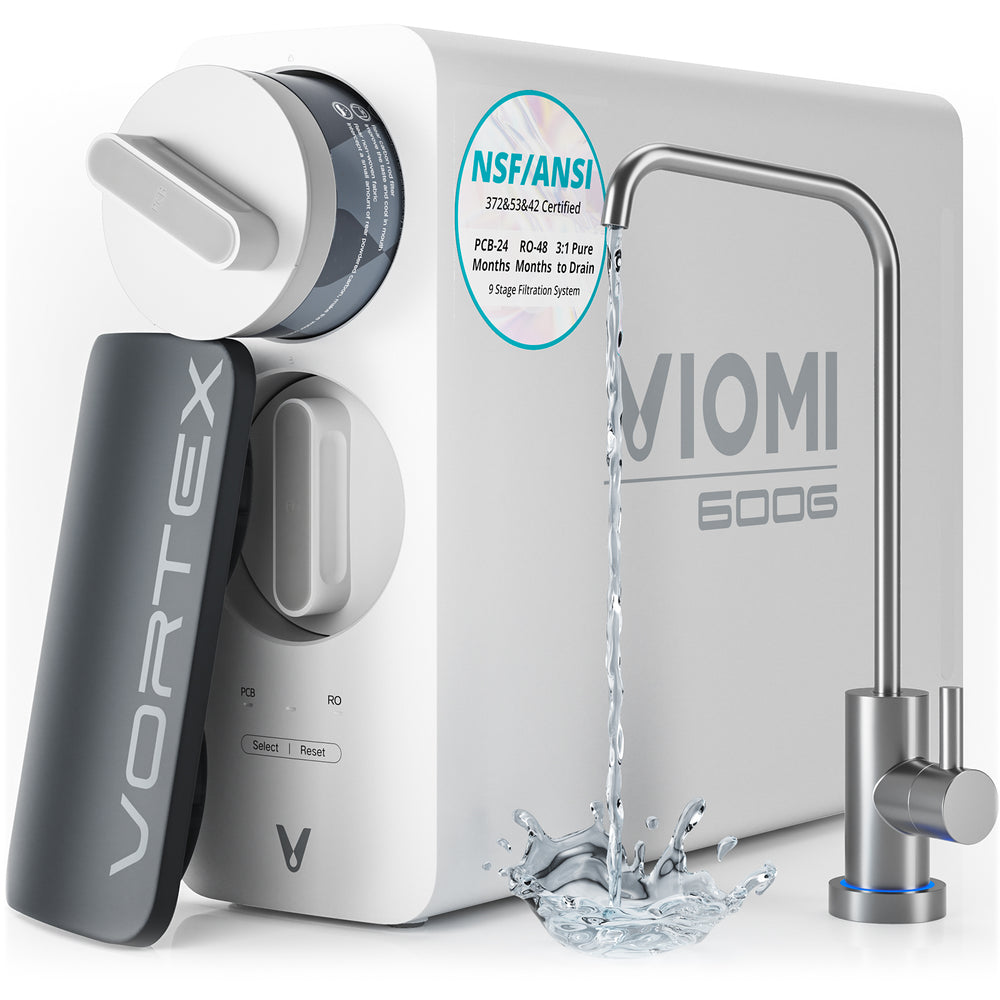Unlock the Secrets: Discovering the Ultimate Reverse Osmosis Systems for Your Home
Clean water is essential not just for hydration, but for overall health and well-being. With increasing concerns about contaminants in tap water, many homeowners are turning to water filtration solutions, particularly water filter reverse osmosis systems. These innovative systems utilize advanced technology to purify water, effectively removing impurities and providing a reliable source of clean drinking water. In this article, we will explore and compare various reverse osmosis systems available for home use, helping you make an informed decision on which system best suits your needs.

Understanding Reverse Osmosis Technology
Reverse osmosis (RO) is a water purification technology that employs a semi-permeable membrane to separate contaminants from water. The process involves applying pressure to push water through the membrane, which allows only clean water molecules to pass while rejecting larger impurities such as salts, bacteria, and chemicals. This method is highly effective, often achieving over 90% reduction in dissolved solids from water. A typical reverse osmosis system consists of several key components: the pre-filter, the reverse osmosis membrane, post-filter, storage tank, and faucet. Each part plays a crucial role in ensuring that the water is filtered effectively, providing safe and refreshing drinking water for you and your family.
Types of Reverse Osmosis Systems
When it comes to reverse osmosis systems, there are several types to consider based on your household's needs. Under-sink systems are popular for their space-saving designs, installed discreetly beneath the kitchen sink. They offer a continuous supply of purified water while freeing up counter space. Countertop systems, on the other hand, are portable and easy to install, making them ideal for renters or those who prefer not to make permanent modifications. Whole-house systems are the most comprehensive, providing filtered water to every faucet and appliance in the home, though they require significant installation and maintenance. Each type has its own advantages and potential drawbacks, so it’s essential to evaluate what fits best in your home setup.
Key Features to Consider When Choosing a System
Choosing the right reverse osmosis system involves understanding several key features. First, consider the filtration capacity, which indicates how much water the system can purify within a specific timeframe. The number of filtration stages is also crucial; more stages often mean better purification but can also increase maintenance needs. Tank size matters as well, particularly for larger households that require more water storage. Additionally, maintenance requirements, such as filter replacement frequency and ease of installation, can greatly impact your long-term satisfaction with the system. Assessing these features will help you determine which reverse osmosis system aligns with your household’s consumption patterns and lifestyle.
Comparative Analysis of Popular Systems
When comparing popular reverse osmosis systems, several criteria stand out: efficiency, filtration effectiveness, ease of installation, and maintenance. For instance, some systems may boast rapid filtration speeds while others excel in removing specific contaminants. A simple comparison could reveal that certain under-sink models are easier to install than whole-house systems, which may require professional help. It's beneficial to compile this information into a comparison chart to clarify which systems perform best in various categories, making it easier for you to weigh the pros and cons of each option. Personal experiences from friends who have used different systems can also offer valuable insights into how well these systems function in real-world settings.
Installation and Maintenance Tips
Installing a reverse osmosis system can be a straightforward process, especially with under-sink and countertop models. Most systems come with detailed instructions, but it's always helpful to watch instructional videos or consult with a professional if you're unsure. Regular maintenance is vital to ensure optimal performance; this includes changing filters as recommended, usually every six months to a year, and cleaning the system periodically. Troubleshooting common issues, such as low water pressure or unusual tastes, often involves checking the filters or ensuring the storage tank is functioning properly. Keeping a maintenance log can help you track when to perform these tasks, ensuring your system operates efficiently for years to come.
Making an Informed Choice
In summary, selecting the right reverse osmosis system for your home requires careful consideration of various factors, including technology, system types, key features, and maintenance needs. By understanding the differences among systems and what each offers, you can make an informed decision that best suits your household's water purification needs. Take the time to conduct further research, perhaps consult with friends who have experience with different systems, and you'll be well on your way to enjoying clean, safe, and delicious drinking water at home.



